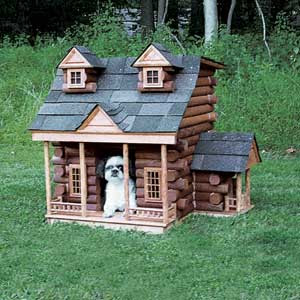
Dogs are known for being loyal and loving pets, but each individual dog has a unique personality that sets them apart from other dogs. Understanding your dog's personality can help you better care for them and build a stronger bond. In this post, we'll explore different types of dog personalities and how to identify them.
Social Butterflies

Introverts
Introverted dogs tend to be more reserved and cautious around new people and environments. They may be more independent and less interested in socializing with other dogs. These dogs may require more patience and understanding when it comes to training and socialization. They can be great companions for quieter households or individuals who appreciate a more laid-back lifestyle.
High-energy dogs have a lot of energy and require plenty of exercise and mental stimulation. They tend to be active and playful, with a strong drive to run, play, and explore. These dogs may be better suited for households with active individuals or families who enjoy outdoor activities.
Lazy Dogs
Lazy dogs, on the other hand, tend to be more low-key and laid-back. They enjoy lounging around the house and may require less exercise than high-energy dogs. These dogs can be great companions for individuals who prefer a more relaxed lifestyle.
Protective Dogs
Protective dogs tend to be loyal and alert, with a strong drive to protect their families and homes. They may be more cautious around new people and dogs, and may require extra training and socialization to prevent aggression. These dogs can be great companions for households with experienced dog owners who are committed to training and socializing their pets.
Identifying your dog's personality can help you understand their needs and preferences, as well as improve your relationship with them. Whether your dog is outgoing, reserved, energetic, lazy, or protective, they are sure to have a unique personality that makes them a beloved companion.
If your high energy dog never stops for a second to even look your way, train no-nonsense way; it's work time, not play-time.
Then there are the shy dogs. They need to be taught with gentleness, but not coddled into being high-strung.
Some dogs do seem harder to train than others. But almost every dog will respond when taught with love, patience and consistency.









